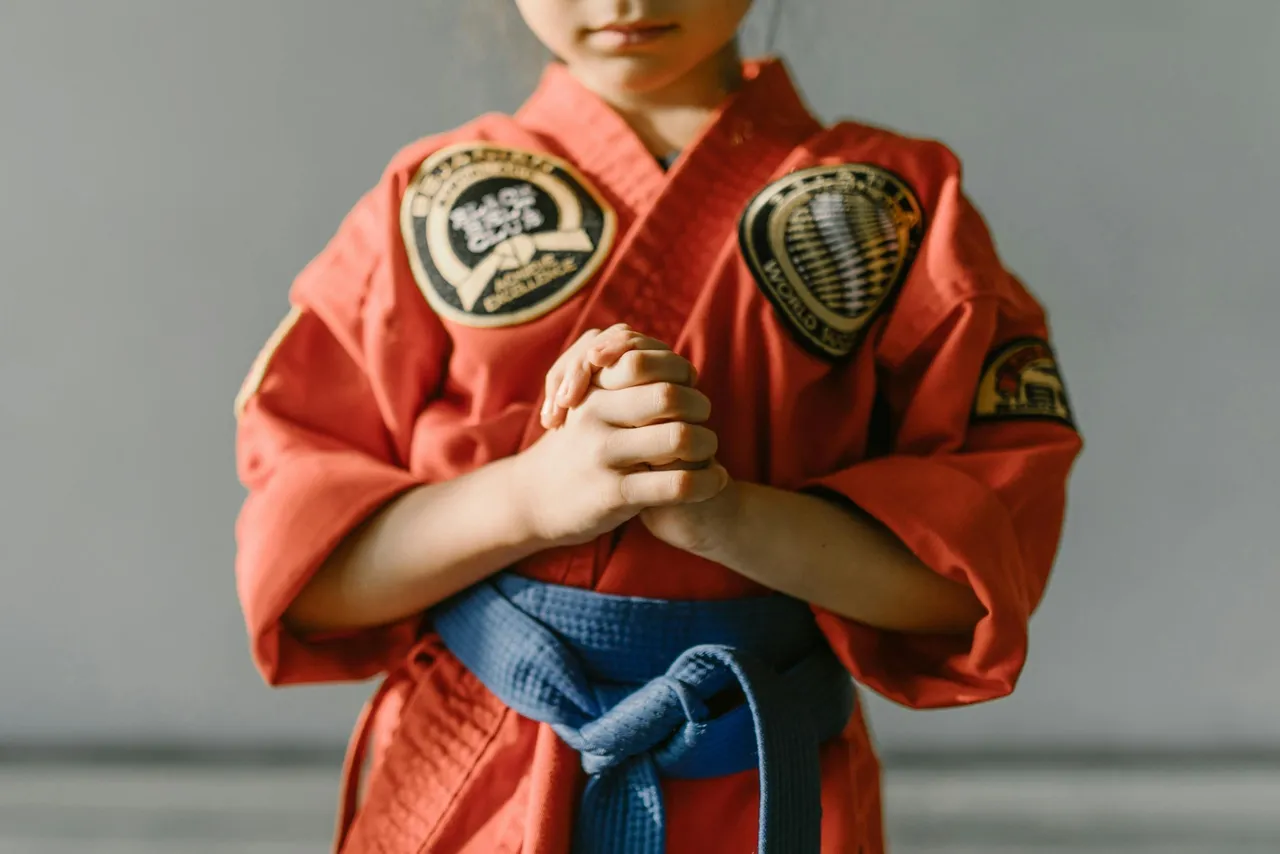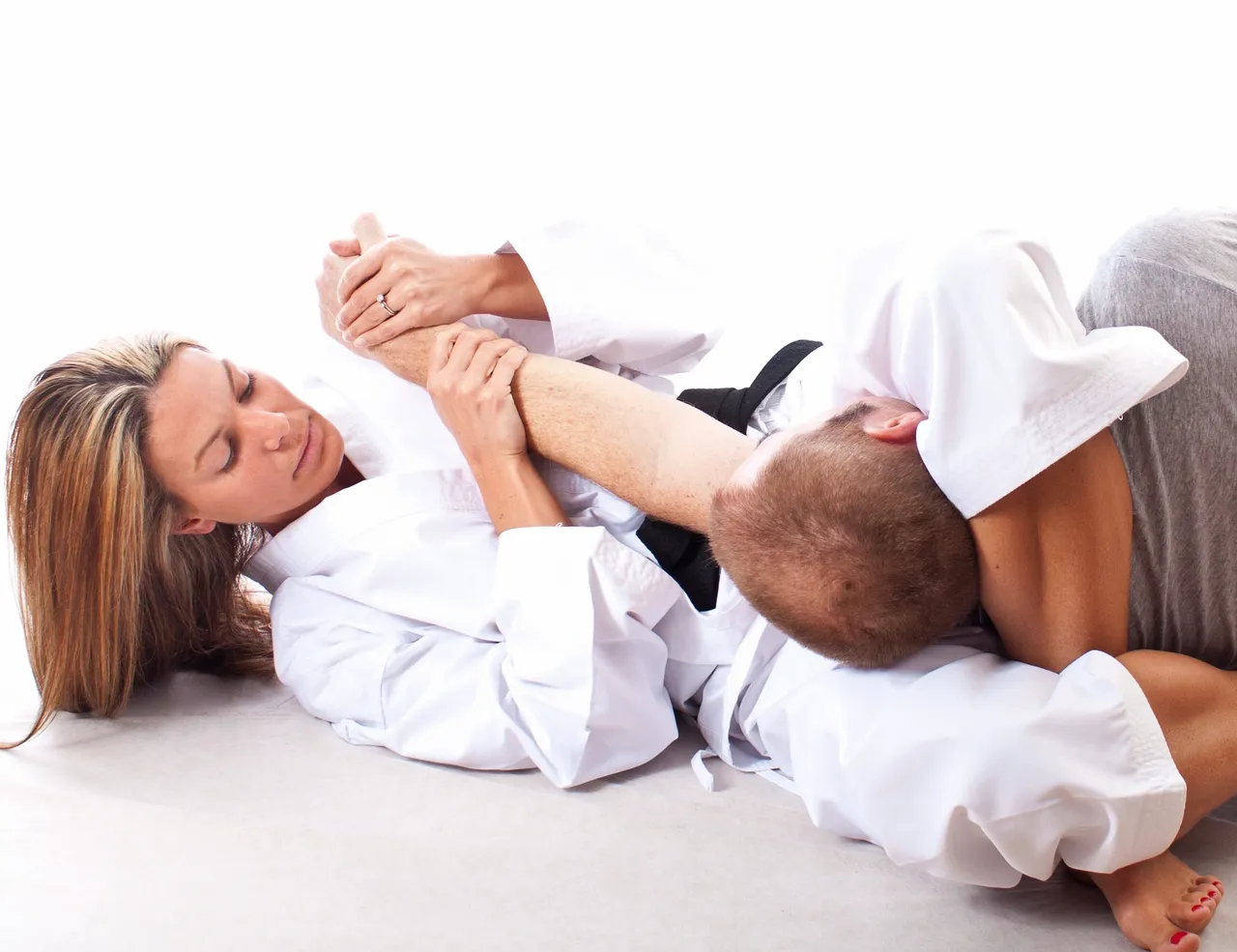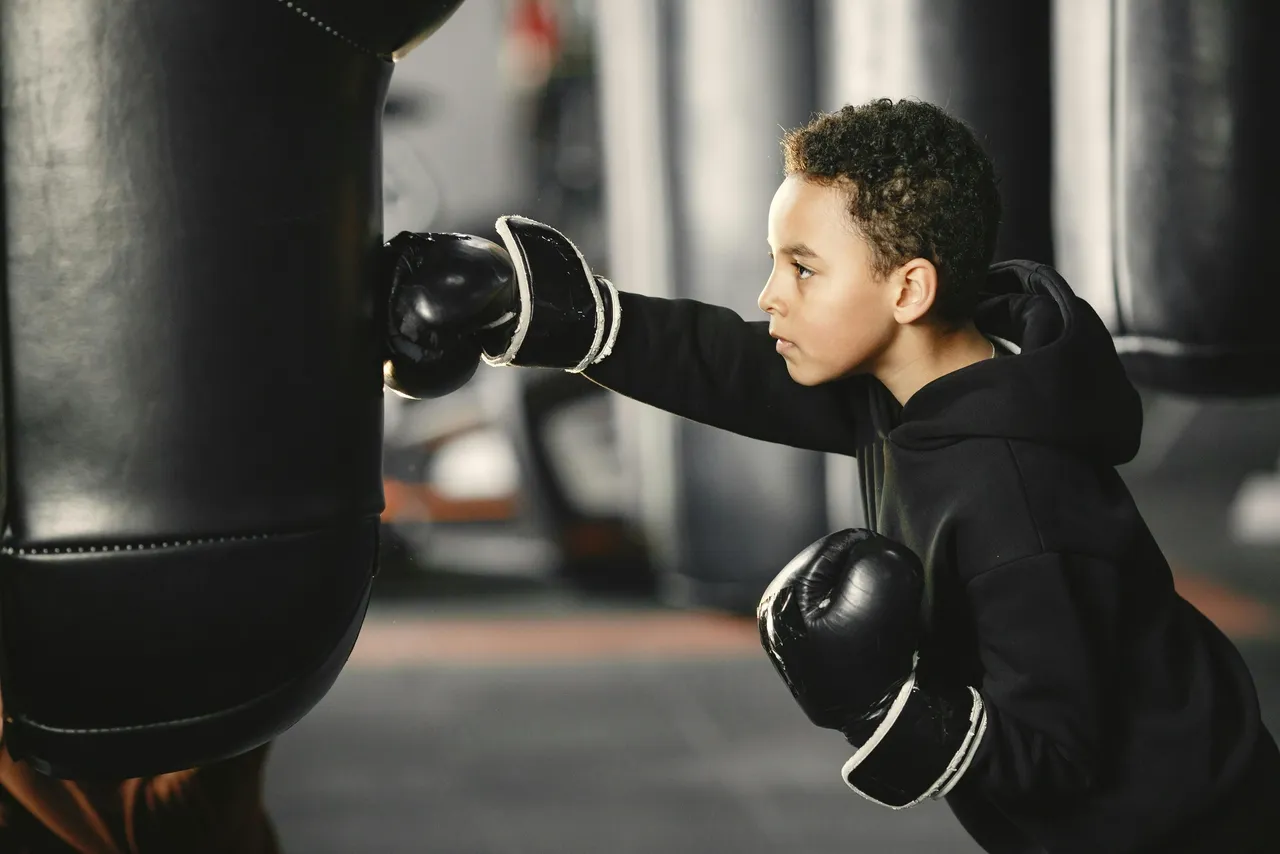Self-defense training offers children far more than just physical protection skills. It builds confidence, enhances discipline, improves focus, and develops crucial life skills that benefit them well into adulthood. As parents consider this valuable training for their children, one question frequently arises: “At what age should my child begin?”
This comprehensive guide explores the ideal starting ages for self-defense training, examines how children develop these skills at different developmental stages, and offers practical advice for parents considering this important step in their child’s growth.
The Benefits of Early Self-Defense Training
Research consistently shows that age-appropriate self-defense and martial arts training provides significant benefits for children’s development:
- Physical development: Improves coordination, balance, strength, and overall fitness
- Mental growth: Enhances focus, discipline, and cognitive processing
- Emotional regulation: Builds confidence and provides healthy outlets for energy
- Social skills: Develops respect, teamwork, and appropriate boundary-setting
A study from the American Academy of Pediatrics found that structured physical activities in early childhood significantly improve cognitive function, social skills, and emotional regulation—all critical components that self-defense training naturally incorporates.
Self-Defense Development by Age Group
Ages 3-5: Foundation Building
At this early stage, children are still developing basic motor skills and coordination. Self-defense training for preschoolers focuses on:
- Playful movement exploration: Activities that develop balance, coordination, and body awareness
- Simple listening exercises: Following basic instructions to build focus and attention spans
- Fundamental safety concepts: Age-appropriate discussions about personal boundaries and “safe strangers”
- Social interaction: Collaborative activities that build confidence in group settings
What a typical class looks like: For 3-5 year olds, classes are usually 30-40 minutes long with frequent activity changes. Sessions might include obstacle courses that teach falling safely, games that develop directional awareness, and simple partner activities that respect personal space.
Parent tip: Look for programs specifically designed for early childhood with instructors experienced in working with this age group. Classes should feel more like play than formal training.
Ages 6-9: Building Core Skills
This age range represents an ideal starting point for more structured self-defense training. Children at this stage:
- Have developed sufficient physical coordination for basic techniques
- Can understand and follow multi-step instructions
- Begin to comprehend cause-and-effect relationships
- Are navigating more complex social situations including potential bullying
Key training elements include:
- Basic striking and blocking techniques using pads and targets
- Simple escape strategies from common holds
- Verbal assertiveness training (“using your words first”)
- Early situational awareness exercises
A Harvard Health study noted that children in this age range who participate in martial arts exhibit higher self-esteem and lower stress levels compared to their peers—crucial advantages during these formative years.
Parent tip: Consistency is key at this age. Regular attendance (2-3 times weekly) helps reinforce learning and builds routine, which enhances both physical and mental development.
Ages 10-13: Refining Techniques
Pre-teens experience significant physical growth and cognitive development, making this an excellent period to advance self-defense skills:
- Greater strength and coordination allow for more complex techniques
- Improved analytical thinking enables tactical understanding
- Heightened awareness of social dynamics makes safety training more relevant
Training now incorporates:
- More sophisticated defensive combinations and counterattacks
- Scenario-based training reflecting real-world situations
- Conflict de-escalation strategies
- Deeper understanding of personal safety in various environments
According to the National Center for Education Statistics, bullying incidents peak during middle school years, with over 22% of students reporting experiences with bullying. Self-defense training during this critical period provides pre-teens with both physical skills and the confidence to navigate these challenges.
Parent tip: At this age, children benefit from understanding the “why” behind techniques. Look for programs that explain not just how to perform movements, but when and why certain strategies are appropriate.
Ages 14-18: Real-World Application
Teenagers require self-defense training that acknowledges their increasing independence and the real-world situations they might encounter:
- Comprehensive defensive techniques against various threats
- Advanced situational awareness for public spaces, transportation, and social settings
- Self-defense legal considerations and ethical decision-making
- Leadership development within training environments
Research from the National Institute of Justice shows that teenagers who participate in self-defense training report increased confidence in navigating public spaces and greater overall personal security awareness—crucial skills as they prepare for college and adult independence.
Parent tip: Involve your teen in choosing their training program. Their buy-in and interest are essential for consistent participation, especially with competing priorities and activities.

Finding the Right Program for Your Child
When selecting a self-defense program, consider these factors:
- Instructor qualifications: Look for teachers with specific experience teaching children and proper certification in their discipline.
- Age-appropriate curriculum: Programs should be specifically designed for your child’s developmental stage.
- Teaching philosophy: The approach should emphasize safety, respect, and confidence-building rather than aggression.
- Class observation: Watch a class before enrolling to ensure the teaching style matches your child’s learning needs.
- Positive environment: The atmosphere should be supportive, encouraging, and free from excessive competition.
Signs Your Child Is Ready
While age guidelines are helpful, each child develops differently. Look for these readiness indicators:
- Can follow basic multi-step instructions
- Shows interest in physical activities
- Demonstrates basic body coordination
- Can participate in group activities for the class duration
- Expresses curiosity about self-defense or martial arts
Remember that it’s never too late to start. Whether your child begins at 4 or 14, they’ll gain valuable skills appropriate to their developmental stage.
Conclusion
Self-defense training offers children invaluable life skills that extend far beyond physical protection. By choosing age-appropriate training, parents provide children with tools for confidence, discipline, and personal safety that serve them throughout life.
The ideal starting age depends on your individual child’s maturity, physical abilities, and interests. Many experts suggest ages 6-9 provide an optimal window for beginning formal training, but beneficial programs exist for all age groups.
Most importantly, self-defense training should be a positive experience that empowers children while respecting their developmental needs. With the right program and supportive approach, children of any age can build the confidence and skills they need to navigate their world safely.
Frequently Asked Questions
What if my child is shy or hesitant about joining a class?
Many programs offer trial classes or allow parents to observe. Starting with a friend can also ease the transition. Instructors experienced with children know how to gradually involve hesitant participants.
How is self-defense different from martial arts?
While there’s significant overlap, self-defense training specifically focuses on practical safety skills and threat avoidance, while traditional martial arts may include more emphasis on forms, philosophy, and competition. Many programs incorporate elements of both.
How do I know if a program is too aggressive for my child?
Quality children’s self-defense programs emphasize safety, respect, and appropriate responses. Red flags include excessive contact, instructors who encourage aggressive behavior, or environments that feel intimidating rather than supportive.
Can self-defense training actually help with bullying situations?
Yes. Comprehensive training builds the confidence to deter bullying, teaches verbal de-escalation, provides appropriate physical responses if necessary, and helps children understand when and how to seek adult assistance.
What’s the time commitment needed to see benefits?
Even one weekly class can provide benefits, though 2-3 sessions per week is ideal for skill development. Most importantly, consistency over time yields the best results in both physical skills and confidence building.
How do I enroll my child?
Visit Forge Athletics and sign up for a free trial class today!
🚀 Empower your child with life-changing self-defense skills today!





